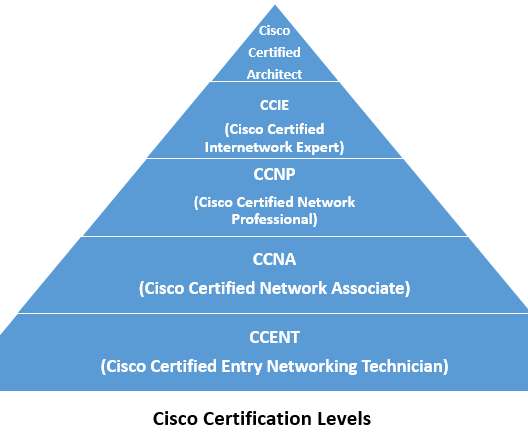CCNA vs CCNP – Detailed Guide and Differences
The Crazy Programmer
JUNE 17, 2022
By completing CCNA we can enhance our knowledge about networking skills, and gain the ability to create, manage and control networking devices and architecture, including software and hardware. The main focus is given on switching and routing technology. Provide better communication and transaction channels in existing networks.















Let's personalize your content